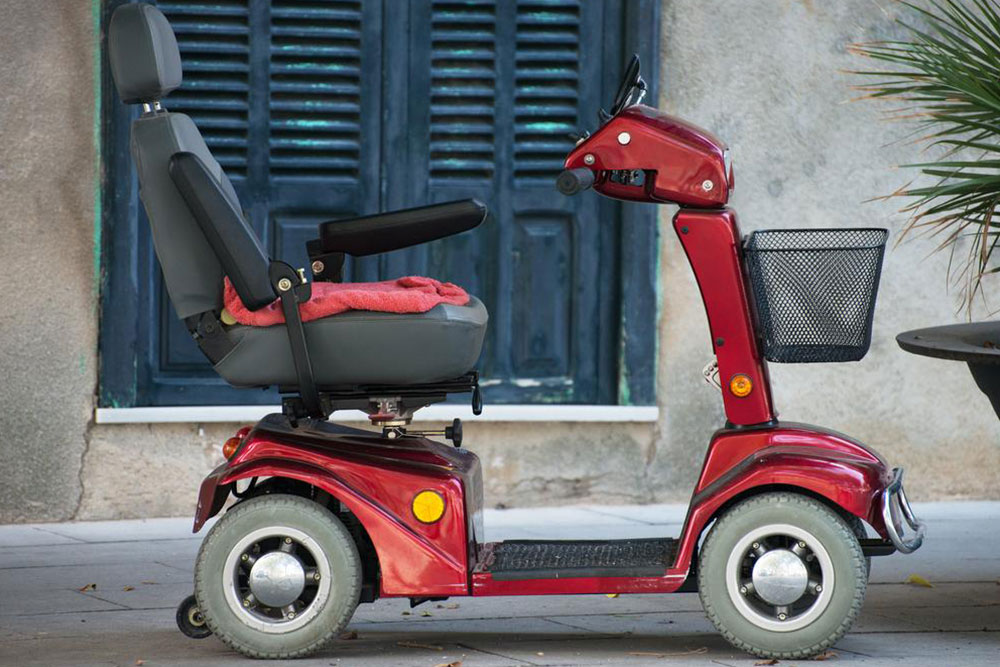Comprehensive Approaches to Managing Spinal Muscular Atrophy: Enhancing Quality of Life for Patients
This comprehensive article explores advanced strategies for managing Spinal Muscular Atrophy (SMA), highlighting the importance of early diagnosis, personalized therapies, and multidisciplinary care. It discusses key aspects such as respiratory support, nutrition, mobility aids, and spinal health to improve patient outcomes and quality of life. Covering the latest treatment options and supportive techniques, the article emphasizes how proactive management can significantly reduce complications and promote better development for children with SMA, offering hope through ongoing advancements and holistic care approaches.

Comprehensive Approaches to Managing Spinal Muscular Atrophy: Enhancing Quality of Life for Patients
Spinal Muscular Atrophy (SMA) is a genetic disorder that primarily affects infants and young children, leading to progressive muscle weakness and deterioration over time. As a hereditary condition, SMA poses significant challenges to affected individuals and their families, but advances in medical treatment and management strategies have transformed the outlook for many patients. Since the advent of groundbreaking therapies like Nusinersen in 2016, which marked a significant milestone in SMA treatment, awareness and understanding among healthcare providers have increased, yet there remains a need for broader dissemination of effective management protocols. This comprehensive article aims to provide in-depth insights into the essential strategies for managing SMA, focusing on improving patient outcomes through early intervention and personalized care plans.
Understanding SMA requires an appreciation of its various types and the progression patterns, which influence treatment approaches. The primary goal in managing SMA is to preserve muscle function, prevent complications, and optimize quality of life. Healthcare practitioners must adopt a multidisciplinary approach that encompasses respiratory assistance, nutritional support, physical therapy, mobility aids, and spinal care. Each of these components plays a critical role in managing the diverse symptoms of SMA and preventing secondary health issues that could hamper development and daily functioning.
Respiratory Support: Muscle weakness in SMA often compromises respiratory muscles, increasing vulnerability to breathing difficulties. Management strategies include respiratory exercises aimed at strengthening lung capacity, the use of specialized masks, and mechanical ventilation when necessary. Early detection of respiratory decline is crucial; thus, regular monitoring and proactive intervention can significantly reduce risks of respiratory infections and failure, improving the patient's overall health status.
Nutrition and Feeding: Nutritional management is vital due to difficulties with swallowing and maintaining adequate calorie intake. Many children with SMA require tailored dietary plans designed by nutritionists to ensure balanced nutrition. In severe cases, feeding tubes or gastrostomy may be necessary to prevent malnutrition and dehydration. Proper nutrition supports muscle strength, boosts immunity, and enhances energy levels, which are essential for participating in therapy and daily activities.
Mobility and Assistive Devices: Maintaining mobility is essential for physical development and psychological well-being. Assistive devices such as braces, customized wheelchairs, and mobility aids help patients retain independence as their strength diminishes. Early intervention with physical and occupational therapy encourages muscle use and prevents joint contractures, which can further impair movement. A personalized mobility plan facilitates daily activities and social engagement, fostering a more active and fulfilling life.
Spinal Health and Posture: Spinal deformities, such as scoliosis, are common complications in SMA due to muscle weakness. Preventative measures include the use of orthotic braces and vigilant monitoring through regular imaging to detect curvature progression. In some cases, surgical intervention may be necessary to correct severe deformities, improve posture, and facilitate respiratory function. Maintaining spinal health directly influences respiratory capacity and overall comfort for SMA patients.
While SMA remains a complex condition, the integration of these management strategies can dramatically improve patient outcomes. The importance of early diagnosis cannot be overstated; newborn screening programs and genetic testing facilitate prompt intervention, which is instrumental in slowing disease progression. Additionally, emerging therapies, supportive care advancements, and technological innovations continue to enhance the management landscape for SMA.
Ongoing research and clinical trials are exploring new treatment modalities, gene therapies, and supportive technologies that promise to further improve prognosis and quality of life. Multidisciplinary team-based care, involving neurologists, pulmonologists, nutritionists, physical therapists, and social workers, remains the cornerstone of effective SMA management. Families of affected children benefit greatly from comprehensive care plans that address not only medical needs but also emotional and social support to navigate the challenges associated with SMA.
"Effective management of Spinal Muscular Atrophy involves a multidisciplinary approach combining respiratory care, nutritional support, mobility aids, and spinal health maintenance. Early diagnosis and personalized treatment strategies significantly enhance quality of life, reduce complications, and support optimal development. Advancements in therapies and care techniques continue to transform SMA management, making lifelong support more achievable and empowering patients to lead active lives."





